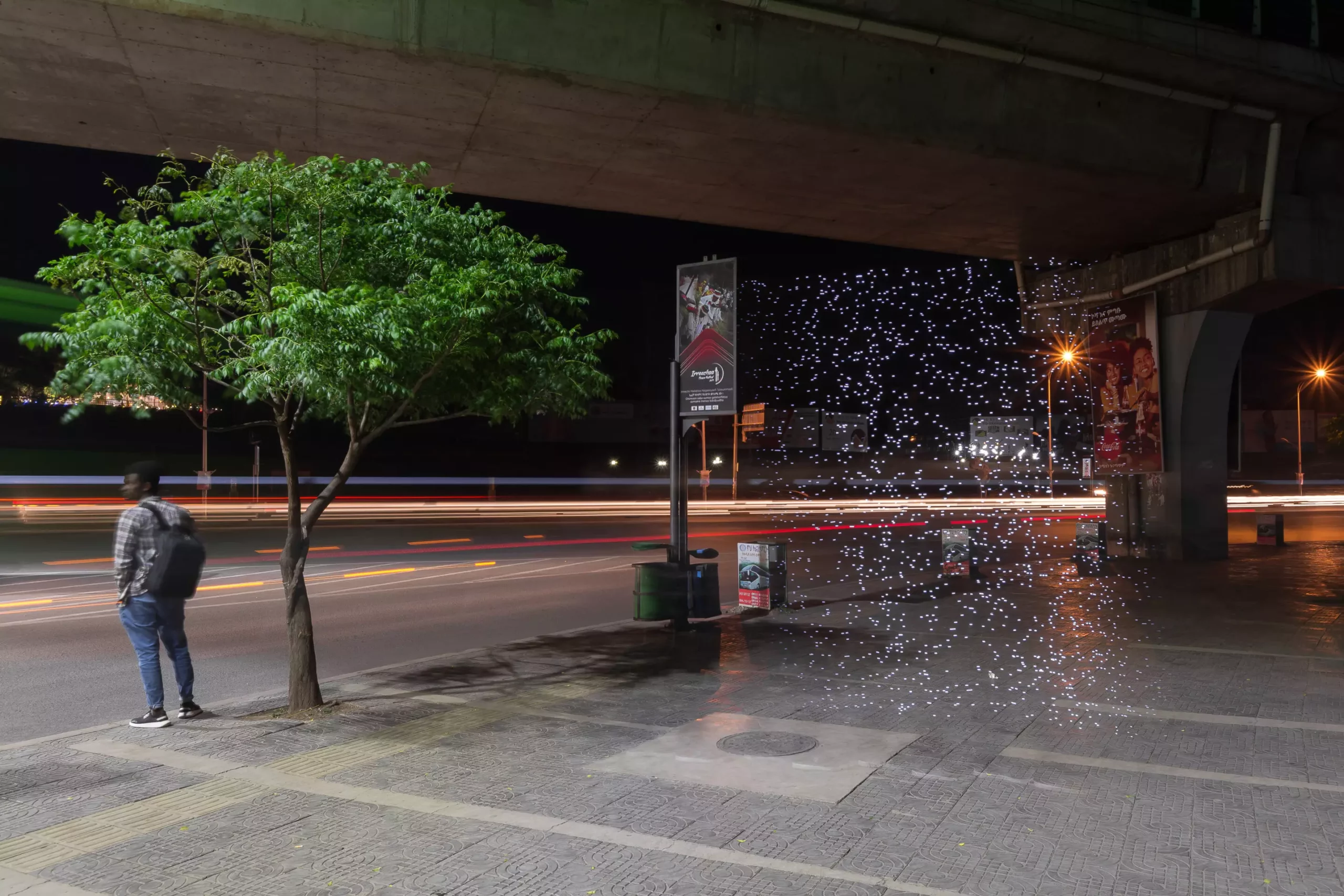The collaboration between researchers and artists has brought a unique approach to shedding light on the invisible threat of air pollution. By combining digital light painting techniques with low-cost air pollution sensors, the team has been able to create compelling visual representations of pollution levels in different cities around the world—ultimately raising awareness about the health risks posed by air pollution.
The photographs captured in Ethiopia, India, and the UK have highlighted significant disparities in air pollution levels across various locations. In Ethiopia, the use of biomass stoves for food preparation resulted in indoor PM2.5 concentrations that were up to 20 times higher than outdoor measurements. Contrasting playgrounds in urban Delhi and rural Palampur, India, revealed a significant difference in PM2.5 values, with Palampur showing levels at least 12.5 times lower than Delhi. Similarly, monitoring air pollution near the Port Talbot steelworks in Wales showcased the drastic variations in PM2.5 concentrations in different areas.
The team’s findings, published in Communications Earth & Environment, have sparked important discussions about the impact of air pollution on public health. Through the “Air of the Anthropocene” project spearheaded by artist Robin Price and environmental scientist Professor Francis Pope, the team has successfully translated complex scientific data into visually striking images that resonate with a wider audience. Professor Pope emphasized the importance of making air pollution visible through art, as it serves as a compelling tool for comparing pollution levels across different contexts.
Using low-cost air pollution sensors and a moving LED array, the team was able to create visual representations of PM concentrations through long exposure photography and light painting. This innovative approach not only provides a visual understanding of air pollution but also serves as a catalyst for fostering awareness and prompting action to address the issue. By utilizing art as a medium for communication, the team has successfully created spaces for dialogue and engagement surrounding air pollution.
Impacting Global Conversations
The “Air of the Anthropocene” project has garnered international attention through gallery exhibitions in Los Angeles, Belfast, and Birmingham. Moreover, it has been utilized by organizations such as the UN International Organization for Migration (IOM) and the Foreign, Commonwealth, and Development Office (FCDO) to raise awareness about air pollution. By leveraging the power of images, the team aims to evoke emotional responses and encourage individuals to take proactive steps in combating air pollution.
Air pollution is recognized as a significant threat to both the environment and human health, contributing to millions of premature deaths worldwide each year. The World Health Organization (WHO) estimates that nearly the entire global population is exposed to polluted air, underscoring the urgent need for action. While countries like India and China continue to grapple with high levels of air pollution, African nations are also facing escalating challenges in maintaining air quality standards.
The “Air of the Anthropocene” project serves as a powerful reminder of the devastating impact of air pollution on public health and the environment. By visualizing pollution levels through art, the team has effectively captured the attention of diverse audiences and catalyzed meaningful discussions around this pressing issue. As we strive towards a cleaner and healthier future, it is imperative that we continue to explore innovative approaches to raising awareness and inspiring collective action to combat air pollution.


Leave a Reply